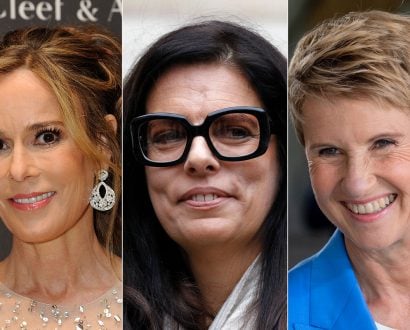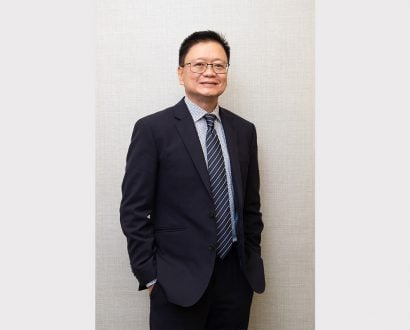One of the most pressing challenges for CEOs is real time management of talent and resources to support the strategic direction of the business. Managing the relationship between organisational strategy and talent is a priority for boards of directors, CEOs, chief human resources officers (CHROs), the rest of the executive team, and business line leaders.
To do it successfully, they need to consider two high-stakes questions:
- Does the allocation of talent resources support the business direction?
- Are the enterprise’s talent processes aligned with each other to support the business direction?
In far too many cases, the answer to both questions is “no.” A disconcerting 83% of CHROs express concern that their organisations do not possess the talent needed to deliver on strategic priorities, according to Korn Ferry research.
A fundamental challenge – and an invaluable strategic opportunity – confronting CEOs and CHROs is to develop a fundamental alignment between enterprise strategy and the organisation’s talent strategy. The alignment of strategy and talent should involve all the top leaders in the organisation, including the board, the executive team, and business line leaders. CEOs and CHROs must work in concert, but board members and executives also must participate.
To get their organisational and talent strategies in line, leaders need take 3 comprehensive, but straightforward steps.
-
Step 1: The CEO & CHRO distil what talent is needed to execute the business strategy
The CEO and CHRO may start by clarifying the current business strategy. Is the company committed to organic growth or seeking to scale through mergers and acquisitions? Or, does innovation, globalization, or digitization define the strategy? Each approach requires unique capabilities.
The most effective forms of this work are research-based, methodical, and they should be framed as a responsibility of the leadership team, rather than as a one-off HR exercise.
The CEO and CHRO also must distil the optimal structure for the organisation to operate in, the decision-making and governance processes that will deliver strong performance, the incentives that reward performance, and the type of organisational culture that brings all of this to life.
-
Step 2: The CEO & CHRO assess the current talent capabilities versus the organisation’s strategic needs
Once the leaders have identified roles and needed capabilities in their organisation and methodically organised them into more specific competencies, experiences, traits and drivers, they can compare the talent needs to the organisation’s inventory baseline of talent. They must conduct a comprehensive assessment and ask tough questions about talent—what’s working and what isn’t.
The CEO and CHRO aren’t just looking at their organisation’s current talent but also likely future hires. This process applies to the pivotal roles and talent pools in all levels of the organisation as they were identified in the first step.
-
Step Three: The CEO & CHRO craft a strategy to close gaps between the current talent pool and the strategic needs of the business
After undertaking the previous steps, the leaders now must design a talent-management plan. HR should identify which roles can be filled internally by building and developing existing talent and those requiring external recruiting. Some may be filled by redeployment of existing talent. This assessment should be based on data at the individual and organisational level. When HR looks at all the data, it also should draw conclusions about gaps in current recruiting, promotion, development, and reward programs.
Timing also becomes a crucial consideration in this effort, as CEOs are under intense pressure to make and successfully execute strategic shifts. When the urgency is great, CEOs and CHROs need to make tough calls swiftly about ‘buy versus build’ talent approaches.
The sound execution of this step can be decisive in determining if an organisation successfully aligns its organisational and talent strategies. Successful execution requires a clear vision of how existing talent-management processes and approaches must change, the leadership courage needed to make the changes, and the stamina to sustain the efforts over the long haul.
– See more at: http://www.kornferry.com/institute/the-talent-imperative-at-the-top#sthash.TYlh5vwj.dpuf





